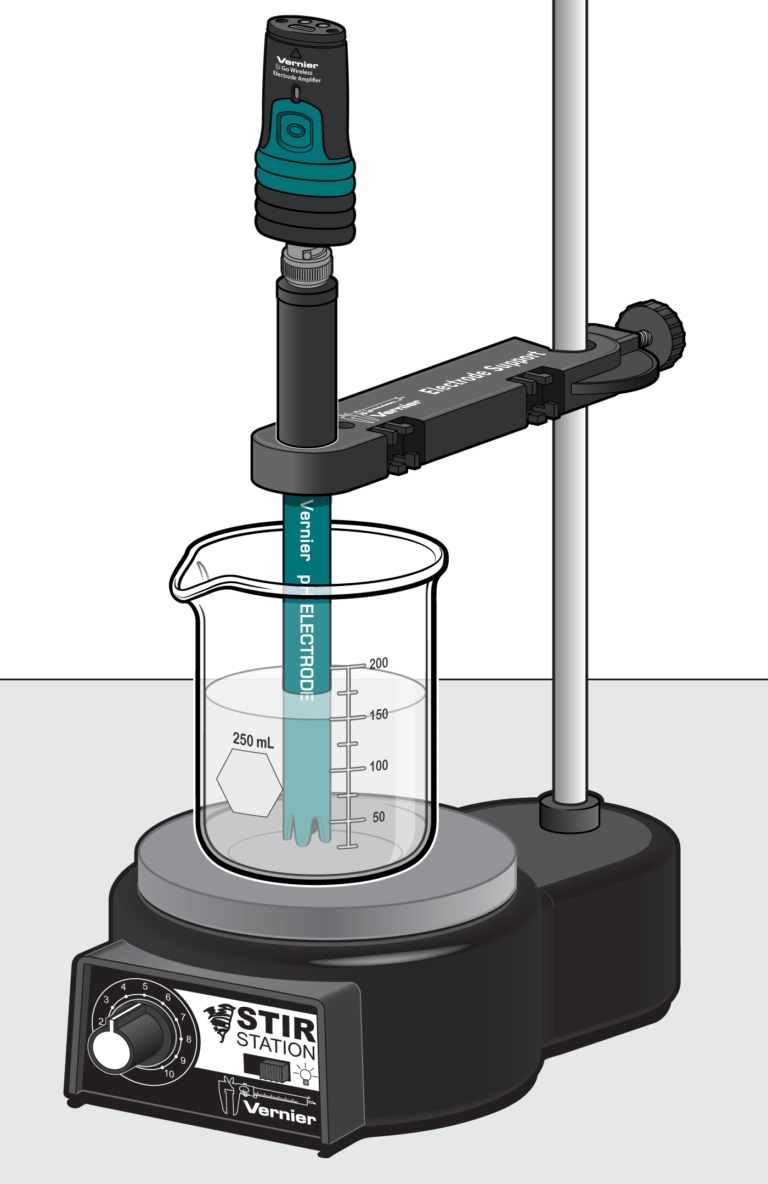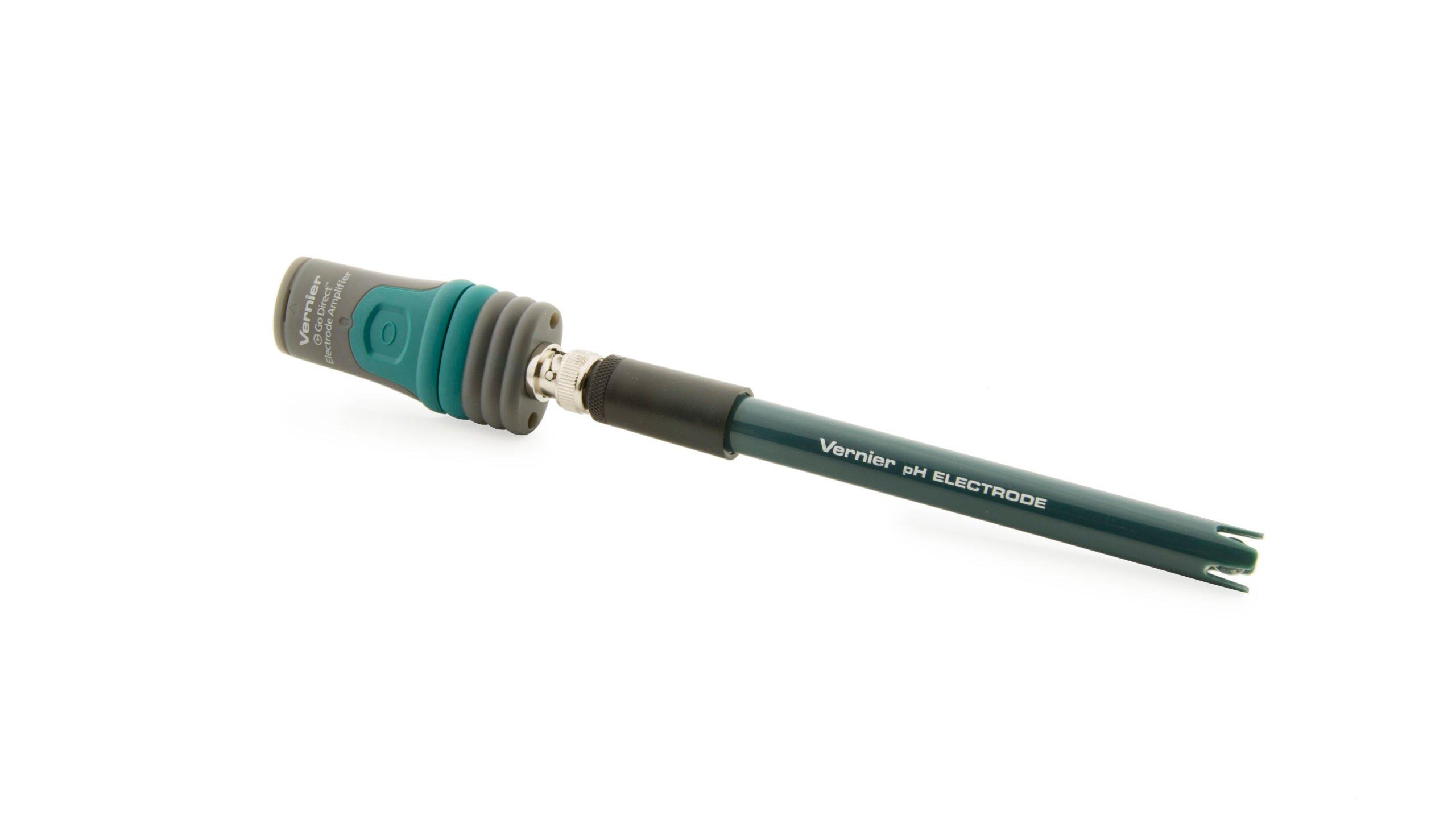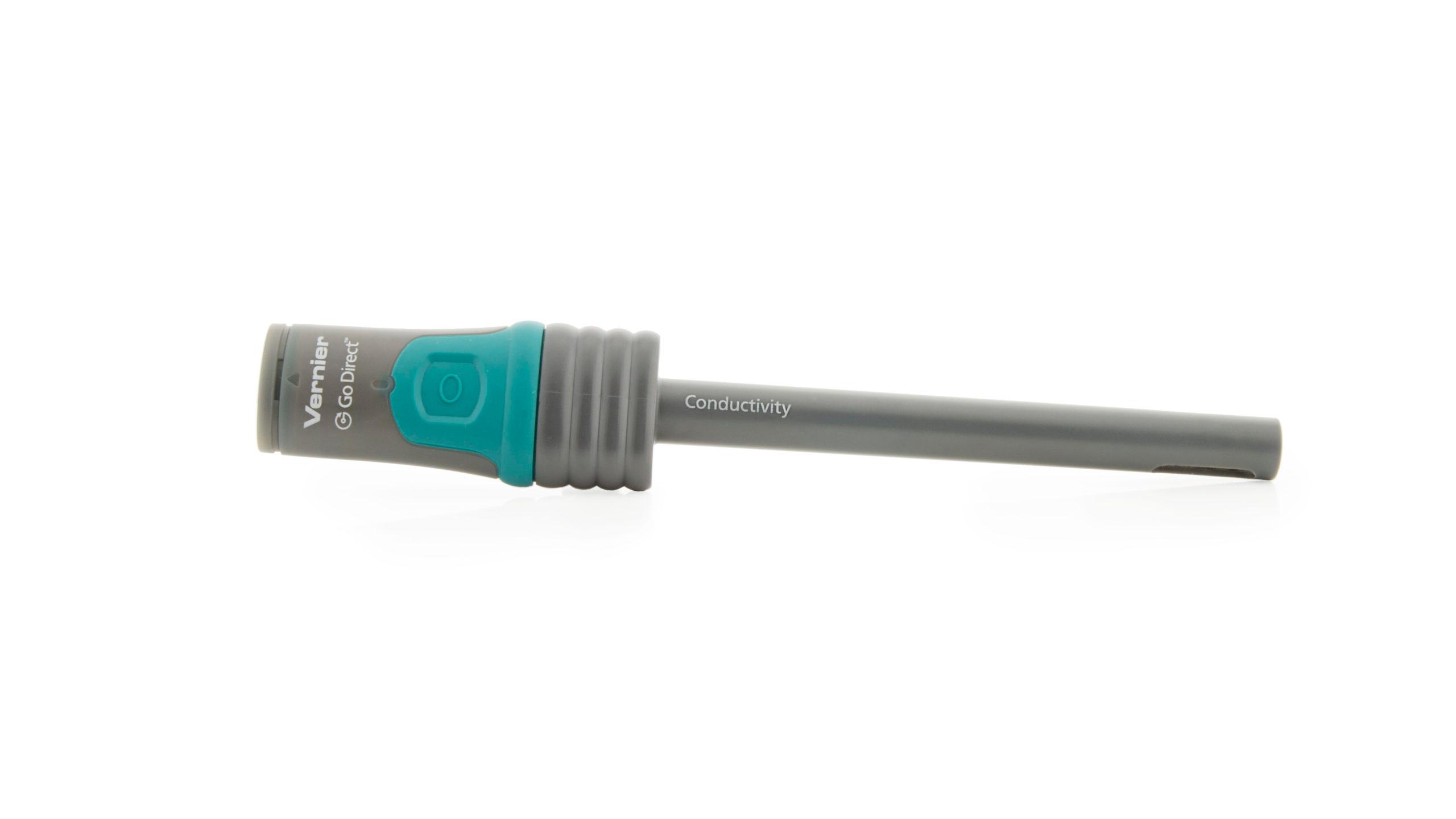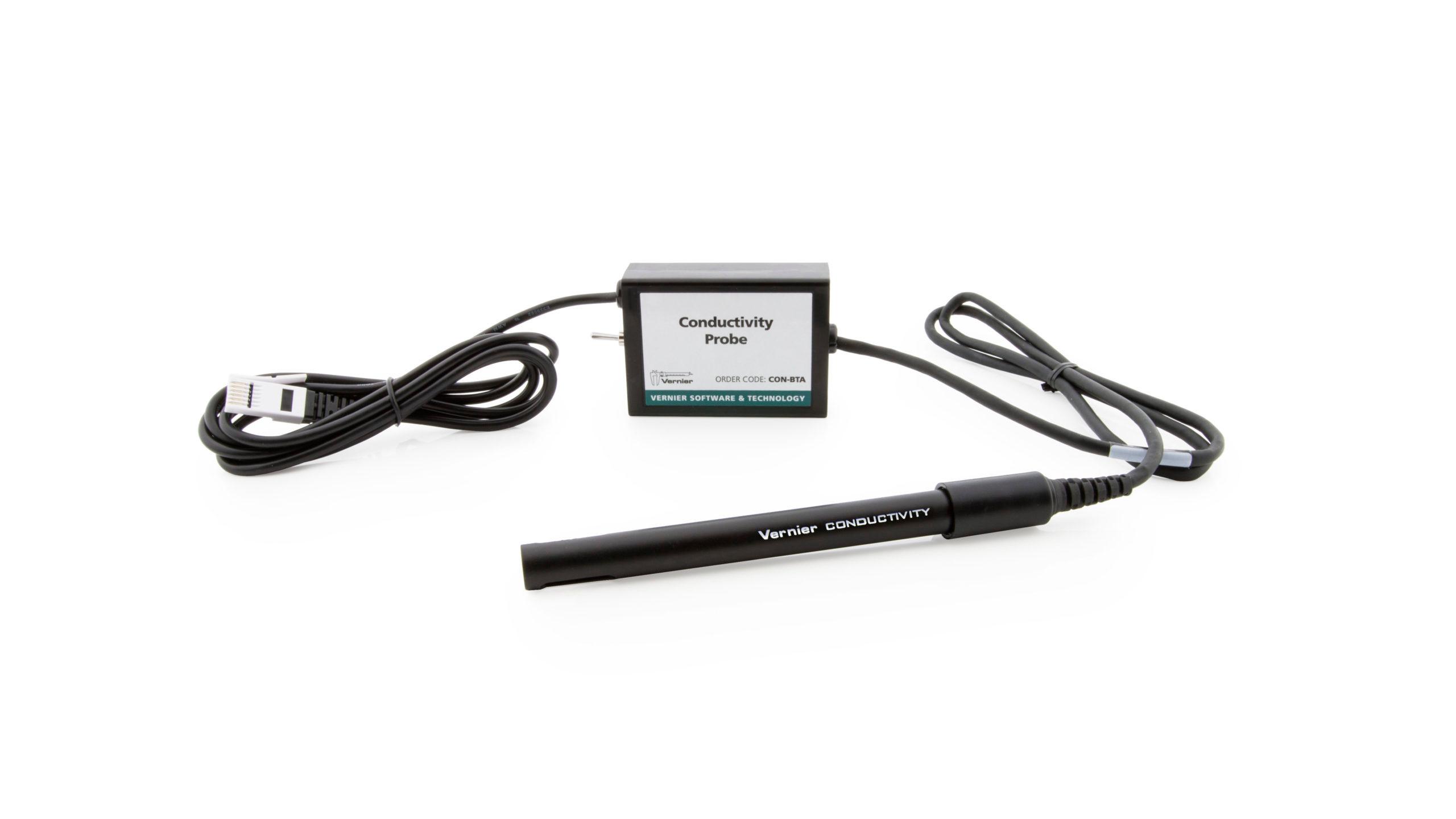The Effect of Acid Deposition on Aqueous Systems
Experiment #16 from Investigating Chemistry through Inquiry
- Subject
- Chemistry

Introduction
Acid deposition is a topic of much concern in today’s world. It can kill fish and other water life by lowering the pH of lakes and rivers. The pH scale is a measure of acidity. A pH value of 7 is neutral, values lower than 7 are increasingly acidic, and values higher than 7 are increasingly basic. Acid deposition is more harmful in some areas than others because some water resists changes in pH better than others. This ability to resist pH change is called buffering capacity.
Objectives
In Part I of the Preliminary Activity, you will use a pH Sensor to monitor pH as dilute sulfuric acid is added drop wise to a water sample.
General water hardness is related to the dissolved minerals in the water. In Part II of the Preliminary Activity, you will use a Conductivity Probe to determine the conductivity of water from the same source.
Sensors and Equipment
This experiment features the following sensors and equipment. Additional equipment may be required.
Ready to Experiment?
Ask an Expert
Get answers to your questions about how to teach this experiment with our support team.
- Call toll-free: 888-837-6437
- Chat with Us
- Email support@vernier.com
Purchase the Lab Book
This experiment is #16 of Investigating Chemistry through Inquiry. The experiment in the book includes student instructions as well as instructor information for set up, helpful hints, and sample graphs and data.





